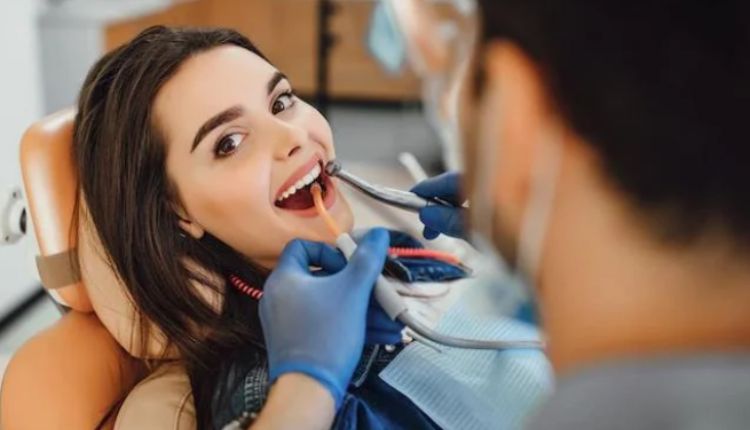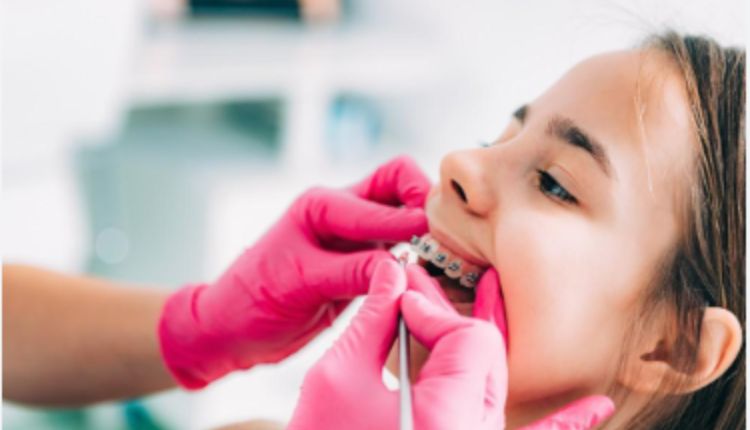Technology is changing urgent care. From quick diagnoses to faster treatments, tech tools make care better. At Houston Medical ER, smart tech plays a big role. Doctors see real-time data for quicker decisions. Digital records mean less waiting and more focus on healing. This seamless integration makes urgent care more effective and efficient. Let’s explore how this technology is reshaping urgent care specialties.
Improvements in Diagnostic Tools
One major advancement is in diagnostic tools. Devices like portable ultrasound machines and digital X-rays are now common. They offer clear images without delay. This helps in immediate decision-making. For example, a sprained ankle can be seen and treated without waiting for traditional imaging outsourcing.
Telemedicine in Urgent Care
Telemedicine is gaining ground. It allows patients to consult doctors remotely. This is crucial when travel is difficult. It also reduces overcrowding in emergency rooms. According to a CDC report, telemedicine has improved access to care for many people. It offers quick consultations, advice, and follow-ups.
Electronic Health Records (EHR)
Digital records streamline care. With Electronic Health Records, information is accessible anytime. This reduces errors and speeds up treatment plans. Doctors can track patient history and medications easily. EHR also helps with seamless referrals if specialist care is needed.
Smart Technology Devices
Wearable tech devices are part of urgent care now. They monitor vital signs in real time. This data collection is crucial in emergency situations. Devices like smartwatches can track heart rate, blood pressure, and oxygen levels. It aids doctors in making quick assessments.
Data Table: Comparison of Traditional vs. Technology-Integrated Urgent Care
| Aspect | Traditional Urgent Care | Technology-Integrated Urgent Care |
| Diagnostics | Manual and often outsourced | Instant with portable devices |
| Patient Records | Paper-based, prone to errors | Digital, easy access and accuracy |
| Consultation | In-person only | In-person and remote via telemedicine |
| Data Monitoring | Intermittent with traditional tools | Continuous with wearable devices |
Challenges and Considerations
While tech is beneficial, it comes with challenges. Privacy concerns are significant. Protecting patient data is crucial. Additionally, not everyone has access to digital tools. Bridging this gap is important for equitable care. Training healthcare professionals to use new tech effectively is also necessary.
Future of Technology in Urgent Care
The future is promising. Advances like artificial intelligence (AI) can further enhance diagnostics. AI can analyze patient data faster. This helps in predicting health trends and potential outbreaks. Robotics may also play a role in surgeries and automated tasks in healthcare settings.
Government agencies, like the FDA, continue to work on guidelines for integrating technology in healthcare. These efforts ensure safety and effectiveness in new tech use.
Conclusion
Technology in urgent care is a game-changer. It makes healthcare more accessible and efficient. With ongoing innovations, urgent care will continue to improve. Patients receive quicker, more accurate treatments. The integration of smart tools signals a new era of medical care, one that prioritizes both speed and quality.












